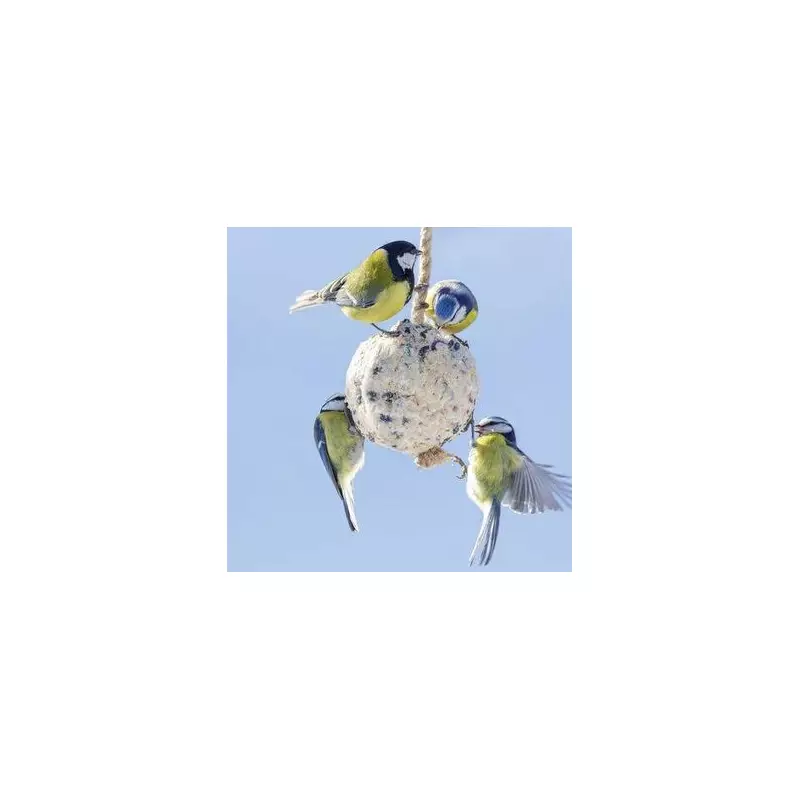
These delightful little birds with their vibrant blue and yellow plumage are more than just a pretty sight in your garden - they're nature's own pest controllers. Blue tits can consume up to 50 million caterpillars annually across the UK, making them invaluable allies for any gardener.
Create the Perfect Blue Tit Habitat
Transforming your garden into a blue tit haven requires understanding what makes these birds feel at home. These sociable creatures thrive in environments that provide both food sources and safe nesting opportunities.
Top Plants to Attract Blue Tits
Your planting choices can make all the difference. Blue tits are particularly drawn to gardens featuring:
- Native trees and shrubs like oak, birch and hawthorn that support caterpillar populations
- Berry-producing plants such as rowan and cotoneaster for winter nutrition
- Seed-bearing flowers including sunflowers and teasels
The Ultimate Blue Tit Feeding Station
While blue tits are natural insect hunters, supplementary feeding can encourage them to become regular visitors. They particularly enjoy:
- High-energy suet balls and cakes
- Sunflower hearts and peanuts
- Mealworms during breeding season
Remember to position feeders near cover but away from potential predator hiding spots.
Nesting Success: Giving Blue Tits a Home
Providing suitable nesting sites is crucial for encouraging blue tits to raise their young in your garden. These cavity-nesting birds will readily use nest boxes if positioned correctly.
Expert tip: Face nest boxes north-east to avoid strong sunlight and prevailing winds, and install them at least two metres above ground level.
Water Sources Matter
Don't forget that blue tits need fresh water for both drinking and bathing. A shallow bird bath with gently sloping sides will become a popular spot, especially during warmer months.
By creating a garden that caters to blue tits' needs throughout the year, you'll be rewarded with their cheerful presence and valuable gardening assistance. These charismatic birds will quickly become your garden's most welcome visitors.





